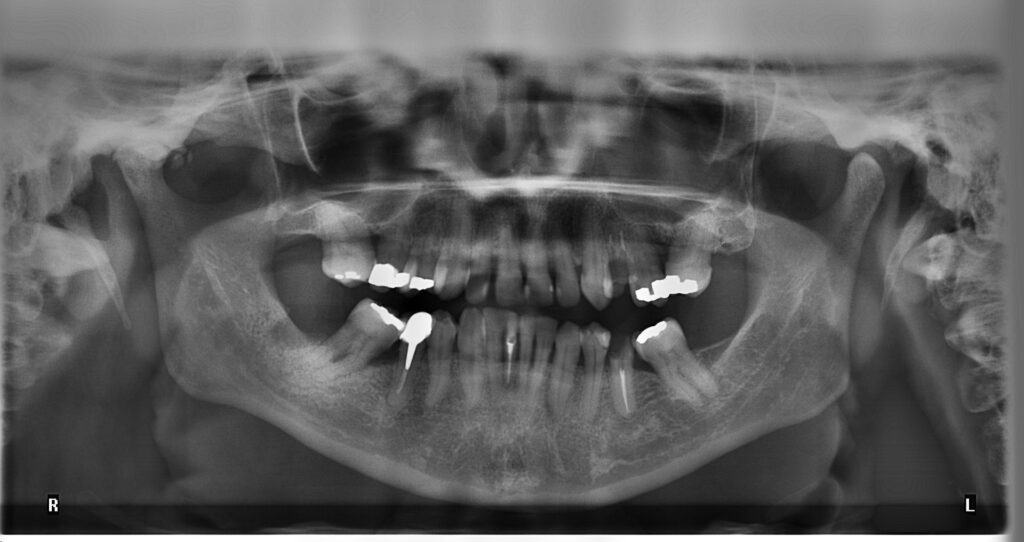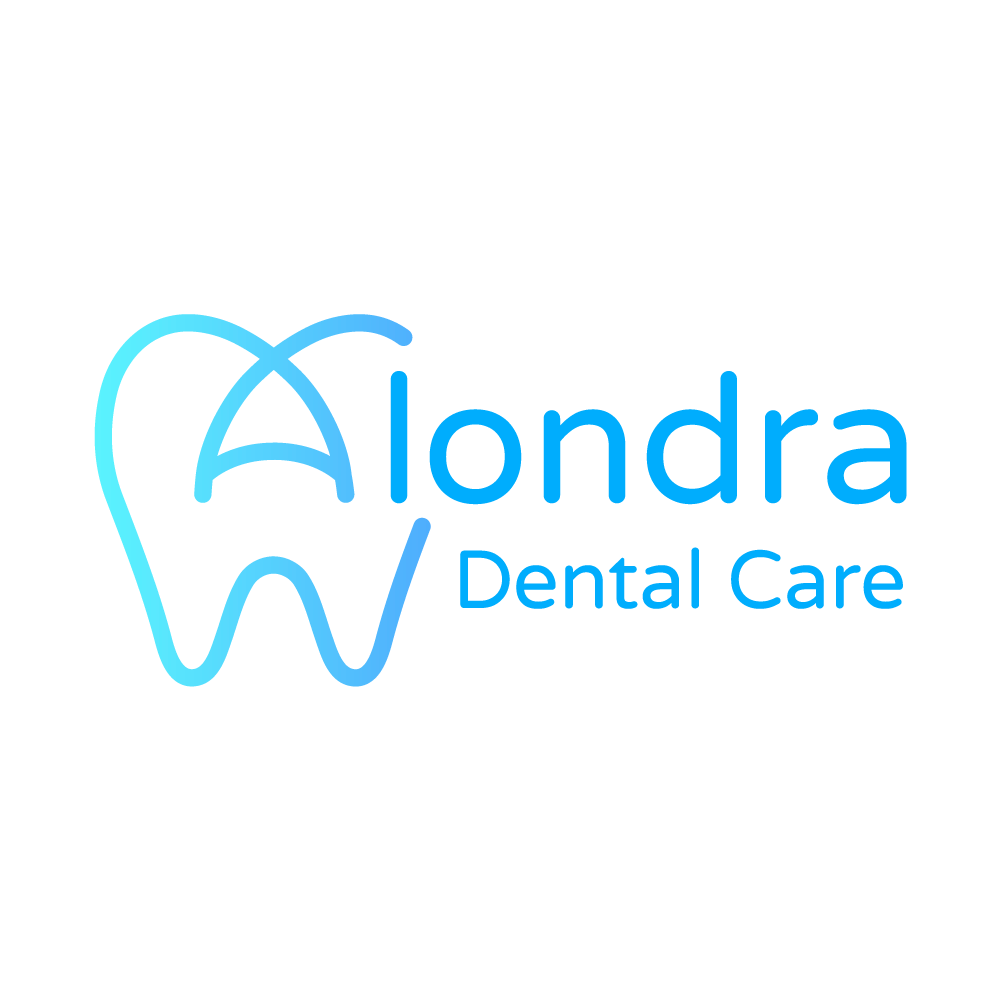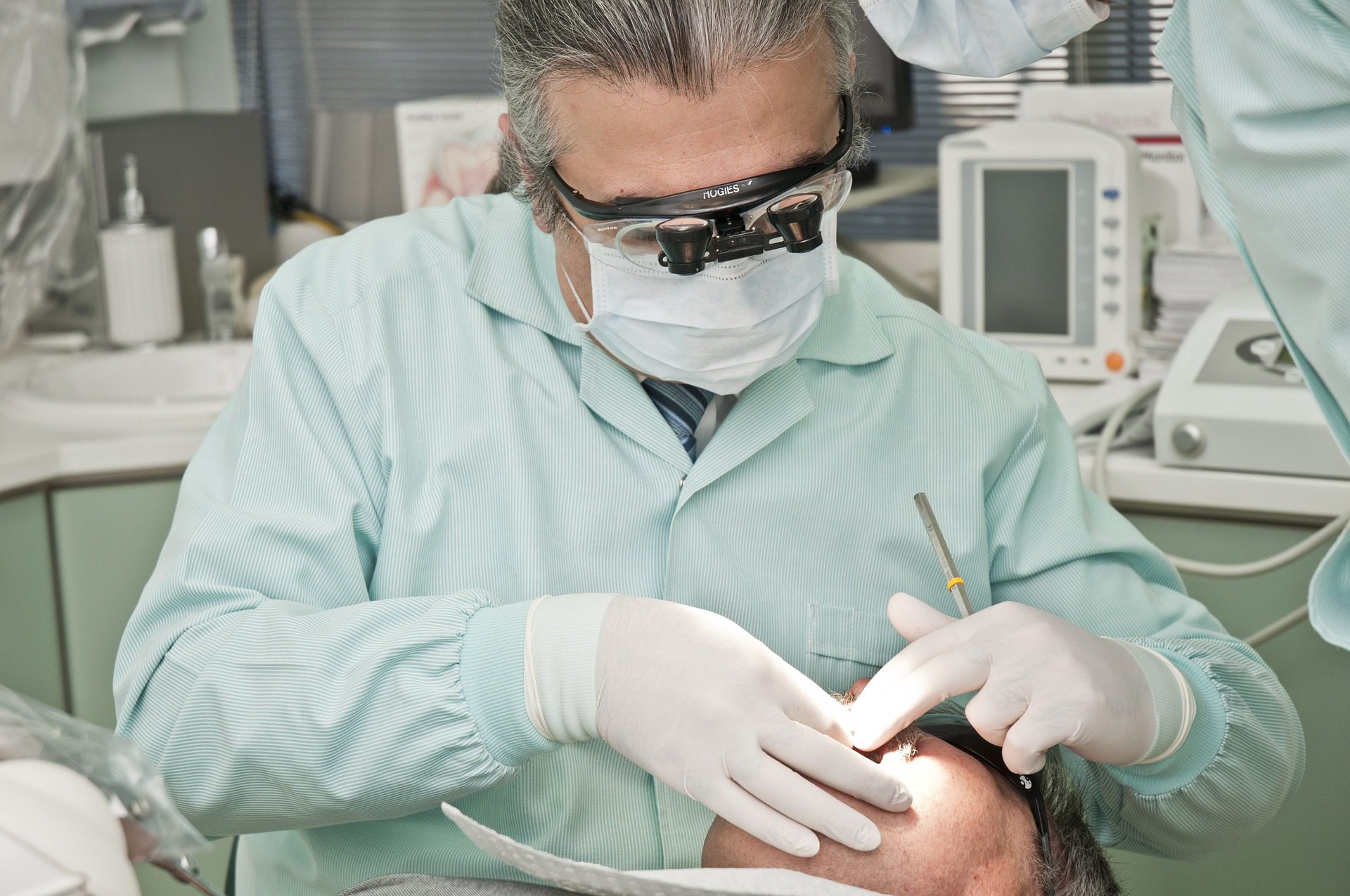Developing dental X-rays used to be like developing film. Dentists needed a darkroom with chemicals and would mount the resulting images on a lightbox to study them.
Nowadays, everything is digital, and your dentist can take a three-dimensional (3D) image of your teeth for a safe, instant, non-invasive diagnosis — no darkroom necessary.
If you’re unfamiliar with 3D imaging technology, here’s how it helps both patients and dentists.
What Is 3D Imaging?
New advancements in dental technology focus on making procedures more efficient and effective. 3D imaging in dentistry produces digital images of your oral tissues, jawbone structure, roots, and teeth. We take these images from several angles and then combine them into a detailed digital model. As a result, we can see a more complete picture than is possible with traditional two-dimensional X-rays.
The main benefit of 3D imaging is that it can help your dentist to provide higher-quality restorative treatments, cosmetic recommendations, and diagnostics. At the same time, it minimizes the amount of time you need to spend in a dental office. That’s because 3D dental images are produced instantly. We project these images onto a high-definition monitor so that we can view them while discussing your treatment.
The Benefits for Patients
One of the top benefits of 3D dental imaging for patients is that 3D technology is highly accurate. Because we can see your teeth and oral cavity from all angles, it’s easier to determine a treatment course.
In addition, 3D dental X-rays are safe and comfortable. Your dentist can perform the scanning in just a few minutes, and your exposure to radiation during the process is negligible.

The Benefits for Dentists
The fact that 3D dental X-rays are safe is a major benefit for dentists, too. Because 3D imaging doesn’t release a significant amount of radiation, it’s just as safe for dental staff to use as it is for patients.
Dentists who use this technology can consistently capture the precise dimensions and shapes of teeth. Not only is it easier to diagnose problems, but storing and retrieving digital images removes an administrative burden from the office staff. Considering both the better treatment for patients and the improved efficiency, most modern dental practices have invested in a 3D imaging system.
Diagnosing Hard-to-Spot Dental Problems
Without this technology, finding deeply rooted dental issues would require invasive oral scanning. Some hard-to-detect problems include advanced gum disease, or periodontitis, which may require deep cleanings to prevent associated health problems such as bone loss, tooth loss, heart disease, and stroke.
The low-radiation ConeBeam scanner is designed to safely produce 3D dental X-rays using a cone-shaped beam. The scanner provides detailed, clear images of soft tissue, bone, and nerve pathways so that your dentist can more easily visualize possible problem areas. The scanner stands out for its ability to capture more than 200 images within a few seconds, making it superior to traditional radiographic technology. With this immense detail, your dentist can more thoroughly recommend preventative treatments and other types of treatments to you.

Spotting Cavities
With 3D imaging, your dentist can also more easily pinpoint and monitor cavities. The iTero dental scanner is another non-invasive solution that can help with obtaining images of gums and teeth in minutes. It comes with a wand that captures several thousand frames each second. With these images, your dentist can tell where you may have a cavity and whether the problematic tooth can take a filling or if it may require a root canal.
Taking Impressions
3D imaging in modern dentistry can additionally make the process of taking impressions for dental crowns and dentures much easier. The CEREC Primescan scanner can capture a 3D impression of your mouth in a few seconds with no discomfort or mess.
The intraoral scanner will take more than 50,000 images a second to produce a rendering of the custom dental solution you need. This means you no longer have to worry about gagging on impression material. It also means you can expect better-fitting crowns or dentures long-term.
Implants
In addition to aiding in diagnosing cavities and taking impressions for crowns, 3D imaging can make the process of getting a dental implant easier. That’s because your dentist can use 3D images to assess your bone quality based on your bone structure’s shape and density. This information will tell them if your bone is dense enough to hold a dental implant. If not, you may have to undergo bone grafting as part of the procedure.
In addition, when your dentist is ready to perform the procedure, they can examine your oral anatomy from various angles using your 3D images. This will help them to place your implant more accurately.
Root Fractures, Root Canals, and Extractions
3D imaging can further help with determining if one of your tooth roots is fractured, in which case you might need a root canal. Your dentist can also use your 3D dental images to locate your tooth’s nerve canals during a root canal procedure.
These 3D images may additionally help your dentist to more confidently perform a tooth extraction, particularly if the root placement is complicated.
Experience the Benefits of 3D Imaging in Dentistry at Alondra Dental Care
Alondra Dental Care offers a full range of treatments and services, including dental implants, bridges, and porcelain veneers. In addition, we stand out for using leading technology to safely produce 3D dental X-rays and accurately diagnose and treat patients. We have also earned a reputation for creating a comfortable and personalized experience.
Get in touch with us to learn more about our services, and schedule an appointment today!




